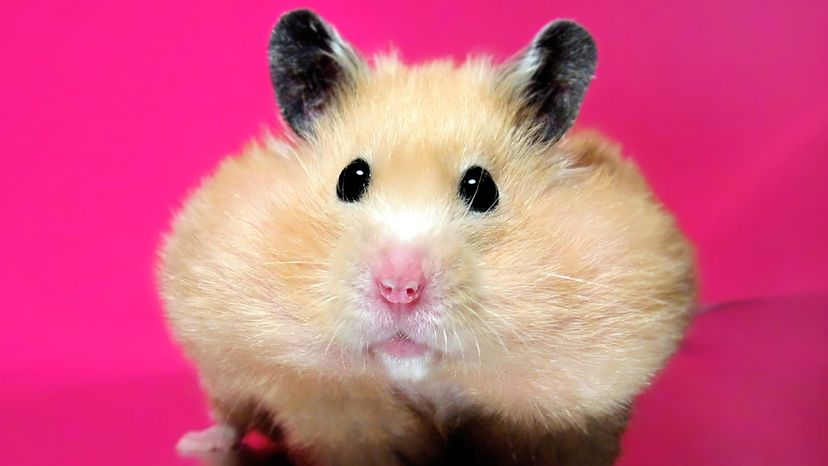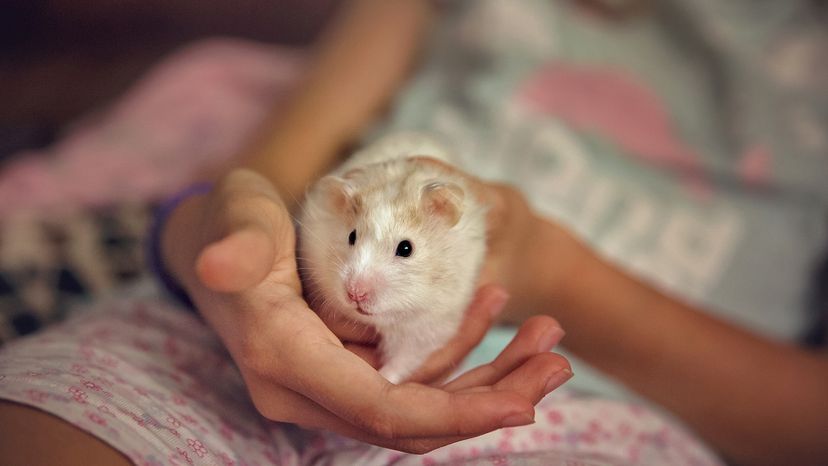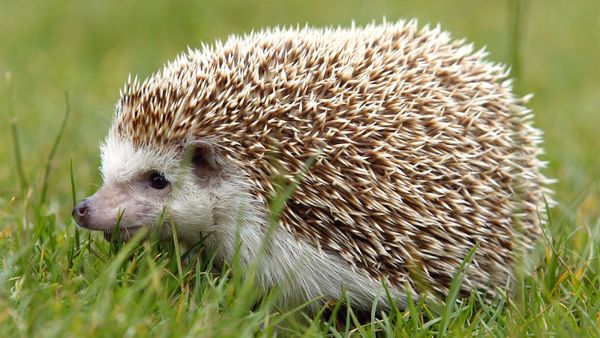
Hamsters are adorable. They're wee and fluffy, and have tiny paws and wiggly noses. And those little ears! But they have a bad reputation for being bitey little buggers.
Almost every pet you can get needs some time to adjust to a new home, and hamsters are no different. Not only that, but they're so small in comparison to us humans. And look at them. That cute little face clearly says "prey animal near the bottom of the food chain." When our giant, unfamiliar human hands grab them from behind in their cage, the poor little hamster might think those are raptor claws or something. And like any prey animal, they're going to try something to free themselves from becoming someone's snack. The one thing a hamster can do is bite.
Advertisement
So though hamsters are almost always biting out of fear, not aggression, they do tend to bite more than other small pets. Also, their jaws are stronger than those ridiculous, tiny front paws. Watch your hamster go about their business (they're nocturnal), and you'll see them use their teeth for everything: building a little house or bed, moving things around, and making scary things like your hands go away.
Diane Kipnis of Furball Critters has been breeding hamsters for more than 20 years. She notes that some hamsters can be territorial when they first arrive in your home. "Usually they work out of that," she says. They're typically more territorial toward other hamsters, but they can be that way toward humans they don't know too.
The goal here is help your hamster get used to you before you ever try to pick them up. When they know you, they won't be threatened by you. Make sure you plan your hamster time in the evening, when they're awake. No sense in reading "War and Peace"to a sleeping hamster. Besides, don't you want to bite someone when they wake you up from a deep sleep?
Advertisement



